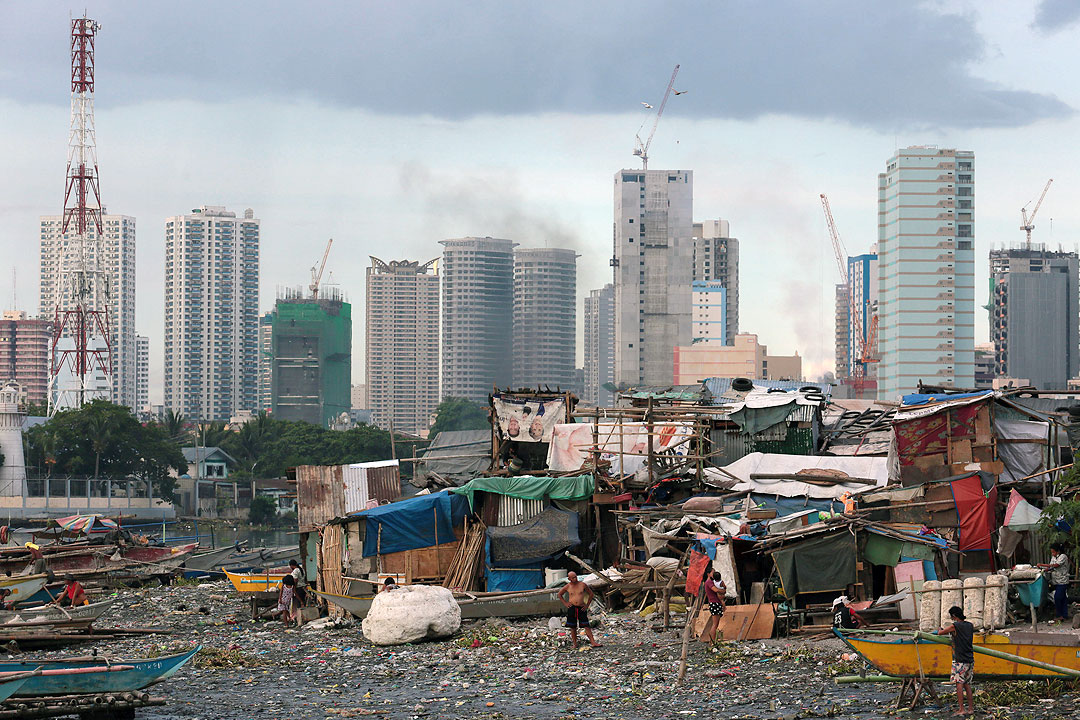Asia-Pacific unlikely to hit SDG targets by 2030 — ESCAP
Home Editors’ Picks Asia-Pacific unlikely to hit SDG targets by 2030 — ESCAP
Asia-Pacific unlikely to hit SDG targets by 2030 — ESCAP
March 23, 2023 12:32 am

THE ASIA-PACIFIC region would likely miss 90% of its sustainable development goals (SDGs) by 2030, the Economic and Social Commission for Asia and the Pacific (ESCAP) said.
Armida Salsiah Alisjahbana, undersecretary general of the United Nations and executive secretary of ESCAP, said the region should have made at least 50% of the progress needed to achieve the targets by this year, which is the midpoint toward 2030.
“The overall progress is less than 15% or one-third of what is needed. Based on current trends, achieving the SDGs will take several more decades,” she said at a virtual forum discussing ESCAP’s “Asia and the Pacific SDG Progress Report 2023” on Wednesday.
However, at its current pace, the region is seen to miss 90% of the 118 measurable targets by 2030 “unless efforts are multiplied,” ESCAP said.
“The rate of progress is slowing down. We expect to achieve the SDGs in another 42 years,” ESCAP Statistics Division Director Rachael Joanne Beaven said.
One of five SDG targets are regressing and need a “complete trend reversal,” ESCAP said.
Of the 17 SDGs, the region has made the most progress on affordable and clean energy (SDG 7) and industry, innovation and infrastructure (SDG 9).
“We see good progress on SDG 7 and SDG 9, but we can also see that we’re not on track to achieve any of the 17 goals by 2030. Progress is too slow and stagnant, especially in SDG 13, where the region is moving in the wrong direction,” Ms. Beaven said.
SDG 13 or climate action “continues to regress and must be given priority to reverse negative trends,” according to the report.
“Progress towards climate action is slipping away. The region is both a victim of the impact of climate change and a perpetrator of climate change, with a responsibility to reduce greenhouse gas emissions,” ESCAP said.
Asia-Pacific countries are not on track to meet greenhouse gas emission reduction targets, it added.
The lack of progress for SDG 13 was also mainly seen in countries in special situations, namely least developed countries, landlocked developing countries and small island developing states.
“These countries have been making efforts to advance the sustainable development agenda with assistance from international development partners. However, given the unique vulnerabilities of these countries, it is crucial that targeted assistance is provided,” according to the report.
On the other hand, ESCAP said the region has reversed regressing trends in SDGs such as decent work and economic growth (SDG 8), reduced inequalities (SDG 10) and partnerships for the goals (SDG 17).
“Despite the slow pace of progress in the region overall, there are areas where some countries have made faster progress,” it added.
Ms. Beaven also noted that 70% of pace leaders in the region are countries in special situations.
ESCAP cited several countries that have made better progress than the regional average since 2015. The Philippines is the only country that has bested the regional average for SDG 12 or responsible consumption and production.
China and Myanmar were the top countries beating regional average for SDG 2 (zero hunger), while Bangladesh, Bhutan and Cambodia led the region in SDG 4 (quality education).
“We see countries are outperforming in certain goals. (However), gender equality (SDG 5) and climate action (SDG 13) have no countries outperforming the average regional pace of progress,” Ms. Beaven said.
The coronavirus pandemic also slowed the region’s progress in hitting the goals. ESCAP noted that many countries missed the chance to invest in a low-carbon recovery from the pandemic.
“We might have expected with widespread lockdowns, there would be a positive impact on the environment, but while the amount of renewable energy per capita increased between 2019 and 2021, the rate of growth was reduced from 14% in 2020 to 10% in 2021,” Ms. Beaven said.
The pandemic also hurt economic growth and increased poverty in the region.
“COVID-19 had a clear negative impact on the economy. For decent work and economic growth (SDG 8), the Asia-Pacific region recorded a decrease in the growth rate of real GDP per employed person from 3.6% in 2019 to 1.3% in 2020, with the sharpest decline in Southeast Asia,” it added.
While data availability for SDGs has improved since 2017, ESCAP noted that data were still insufficient for 51 of 169 targets.
“Between 2017 and 2022, the number of indicators with sufficient data doubled but the momentum of increasing data has slowed down. To bridge the data gaps, poor and rich countries alike must demonstrate their commitments to SDG monitoring in particular for SDGs 5 and 16,” Ms. Beaven said.
The Philippines was among the countries with sufficient data for more than 63% of the indicators, along with Armenia, Georgia, Indonesia and Thailand.
“Despite the slow pace of progress overall, there are good examples of data-oriented initiatives to achieve the SDGs,” Ms. Alisjahbana said. “Countries in the region are increasingly using data to inform decision making.” — Luisa Maria Jacinta C. Jocson

